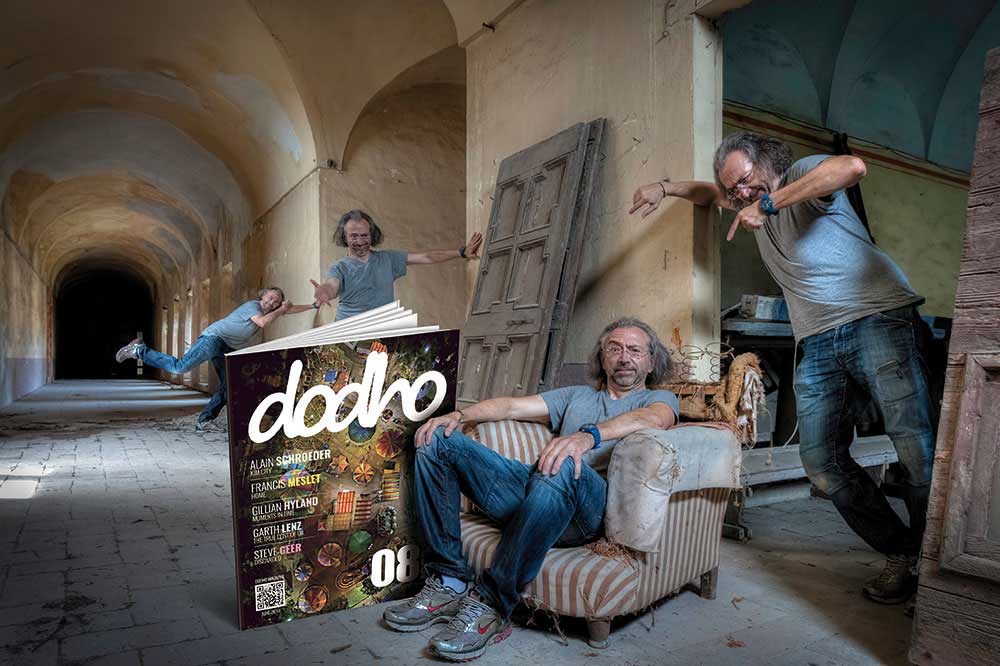A graduate in Design from the Fine Art School of Nancy in 1986, early in his career Francis Meslet was a designer, but soon turned to advertising when he joined several agencies as an artistic director.
After 30 years spent questioning the creative concept and studying images in all his compositions, he is now a creative director. Francis does not hesitate to roam the world in his spare time, searching for abandoned sites, sanctuaries where time seems to have stopped after humans have evacuated them. He thus brings back captivating and melancholic images of his travels to the other side of the world…
Like time capsules, testifying to a parallel world and perfect for enabling the mind to wander and ponder,
Francis Meslet’s melancholic images brave the passage of time, making way for silence after the memories left behind by human inhabitation. [Print Version] [Digital Version][Official Website]
How did you get interested in photography?
Photography was part of my apprenticeship, but at the time I was much more interested in graphic design and illustration. I came back to photography 10 years ago when digital began to develop. By dint of retouching the images of other photographers for several years, I told myself “it’s time”.
What inspired you take your “Home” project?
In fact I visit a lot of abandoned places in different sectors: industrial, health, religious, education, entertainment and of course private homes. With “Home” I go closer to the secrets of people. This unique feeling of being passed on the other side of the mirror as an invisible traveler in time. It is absolutely fascinating to enter a place where people have lived and left their mark behind them: their personal belongings, the furniture, the traces of their habits … sometimes a lifetime can be read between the cobwebs when one push the door of one of these time capsules. We can not help asking questions and referring this show to what will be our own sphere of life when we are gone.
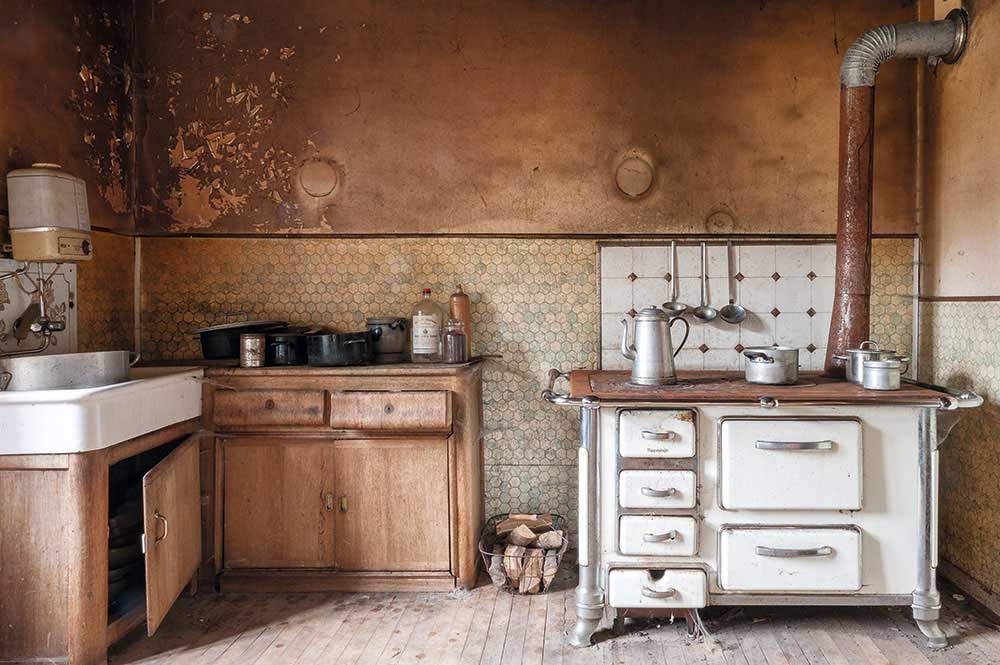
What first drew you to this project? Why did you want to tell this story?
Is it a goal or an end in itself to accumulate material goods throughout a lifetime? To keep so many memories. To consume, to keep all these things until the end of our life. I have seen so many private memories, poignant in the dust … I wonder today what trace do we leave behind us? Is it important to leave a trace? Whose ?
What has been the hardest part of this project?
This type of work includes several parties who each have their difficulties. First of all research … dozens of hours of research and perseverance on the internet to identify places of interest.
Then comes the time of the preparation of the visit. Assess the dangerousness of the place, the difficulty to get in and move safely. To compose with the light of the moment and places often dark. I always work in natural light and I do with the position of the sun at the time of my visit. If the light is really bad, it is possible that I come back again, at another time of the day to benefit from a light more favorable to my project. Not always easy to manage when the places visited are located abroad, several hundred kilometers away.
How would you define your general style photography?
I try to stay as close to reality as possible. To best represent the places visited by staying as faithful as possible to what I felt during the visit. In this sense I would say: realistic, impressionist …
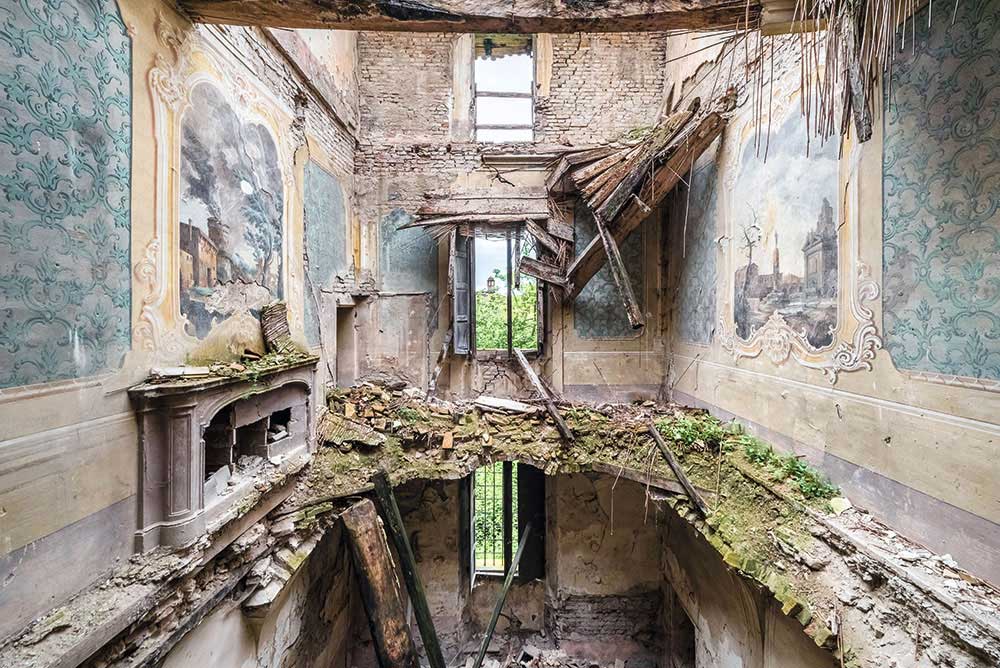
Could you please tell us anything about your technique and creating process?
What to say. As I said, I always work in natural light. This requires the use of a tripod and sometimes very long poses can go up to several minutes if the place is very dark. When I arrive in a place, there are of course some very obvious shots to do that are repeated from place to place. Then I work a lot on instinct and feeling. I place myself and frame according to the ambient light of what I feel when I move. I do not touch objects that are in a room. Unless, exceptionally, the place has been vandalized. I try to find the place of furniture as they were. Regarding the processing of images, it is in perpetual evolution. When I look at the images that I processed just 3 months ago, I say to myself, my God, I do not do that anymore now. I must say that with time I intervene less and less on the buttons. Most of the work sometimes involves erasing graffiti or removing a box of soda thrown on the floor. Photoshop, I fell in version 1.0 in the 80s. In my job I work on computer all day since the appearance of the first Macintosh. I have this advantage of mastering the workflow of digital images for a long time. I use Lightroom to catalog and process my photos and I go back and forth with photoshop when necessary.
In your opinion, what is a good place to have a deserted place?
A good photo is first of all a good light. To arrive at the right moment. Position yourself correctly. To grasp the peculiarity of the place in its architecture or organization. To restore as much as possible the atmosphere of abandonment thanks to the materials. Know how to identify and capture the traces that can account for the state of abandonment and the trace of time that has passed on this place, like wrinkles on a face.
How do you prepare for photography?
It’s variable. I can spend 30 minutes stalling my tripod, choose the best angle, change my settings … I can also shoot very fast in a few seconds. It depends on my mental freshness and what inspires me in a place.
What do you think makes a memorable project?
A memorable project is a project that is remembered by definition. A project that brings the “viewer” to ask questions and draw from it his own answers.
How do you know you got the shot you wanted?
I know I have the shot I wanted as I look at my pictures on my computer at home. Of course at the time of doing this shot I put all the chances on my side not to miss my shot. I keep in mind the image of what I saw and felt. I had sometimes very good surprises but also some disappointments on views in which I had placed a lot of hope and which turned out to be any.
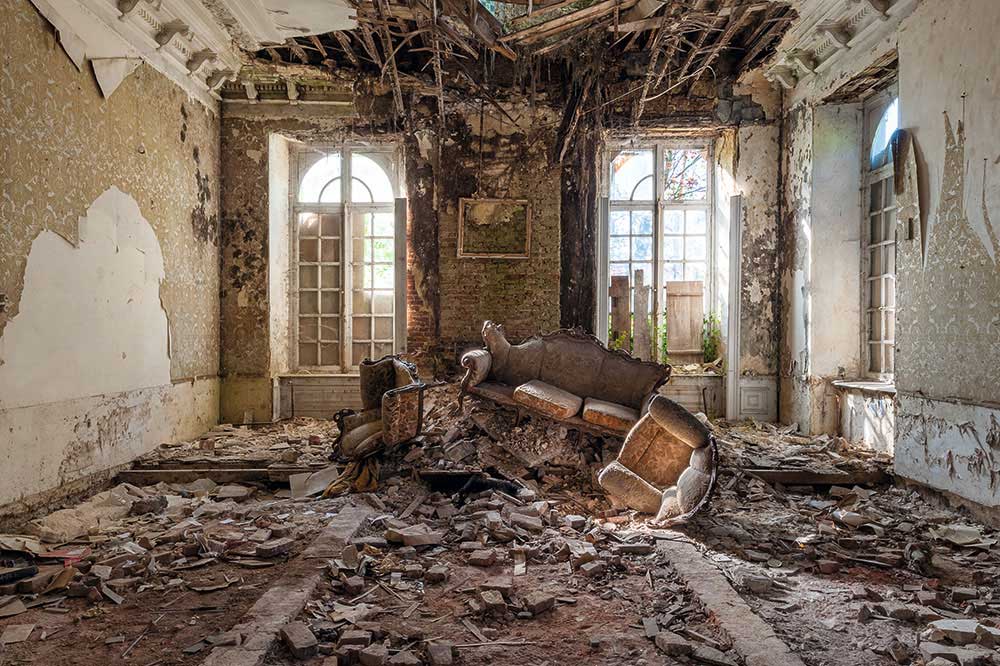
Your idea of the perfect composition?
There is no “one” perfect composition. Everything is a function of the moment, the place, the light … There are several possibilities each time. But if I absolutely have to give a definition, the perfect composition is the one that will make it easier for the “viewer” to enter and travel in the image.
What would i find in your camera bag?
Too many things. I remember the weight of my bag on my shoulders when I spend 14 hours standing up to take photos, walk, run, climb, crawl, climb … my bag is always too heavy. There is a 24×36 full frame Nikon D750, a Nikon 14-24 f2.8 lens, a Nikon 24x-70 f2.8 lens, and an IRIX 11mm f4. Sometimes a 50mm f1.4, chargers, batteries, cables, flashlights, cereal bars and a bottle of water … toilet paper and a lot of other things I keep for myself.
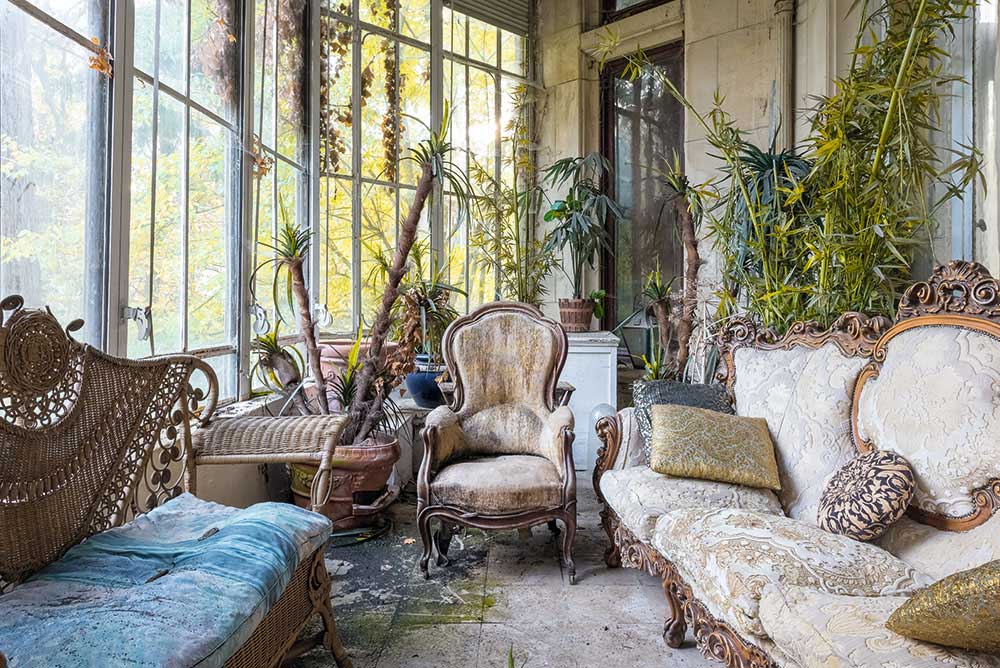
What future plans do you have? What projects would you like to accomplish?
My future plans I keep them for me. We are in a world and at a time when urban exploration is very fashionable. With the success of social networks the images circulate very quickly. We often see endless replicas of some images that we made a few months or years ago. So the more one is discreet about his projects, the better. What is certain is that I will continue to explore abandoned places around the world. Less and better depending on my availability of my means and my desires. Make other books, prepare other exhibitions and especially seek to reach an audience that is not used to urban exploration. It’s this audience that interests me. The majority of the community of urbexeurs is occupied, most of the time, to be measured which with the greatest … I passed the age of this kind of competition. I want to touch people, make them think about the iconographic content, the message of an image. In this case, sporting or transgressive performance does not matter to me.
Finally, on the question. What opinion do you have of our print edition?
Really, can I say it? Very nice paper, beautiful selection, beautiful content. For graphic design and calibration of typography there is still a little work in my opinion to be up to the content. Remember, this is my job. I am uncompromising on this side. Go see me we will talk about a new model for the next issue.



